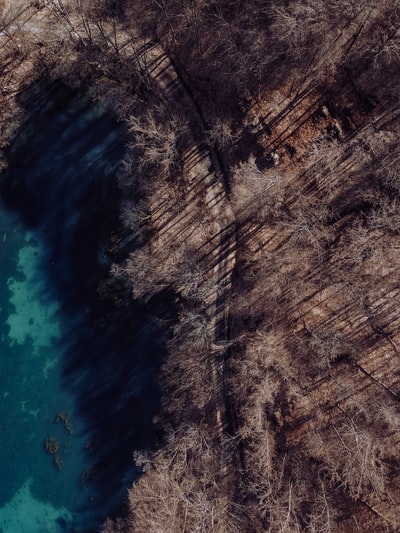 Conservation of a habitat usually involves managing succession. In order to maintain the largest diversity of species you generally need a variety of habitats to suit each one. A lot of species have become rare due to the fact that humans have destroyed their specific habitats.
Conservation of a habitat usually involves managing succession. In order to maintain the largest diversity of species you generally need a variety of habitats to suit each one. A lot of species have become rare due to the fact that humans have destroyed their specific habitats.
Certain habitats need to be managed, therefore, to prevent their succession. For example, due to waterway controls to stop flooding the draining of marshland prevents the formation of reed beds which have now before a scare habitat. Naturally, reed beds would transform into willow and alder scrub and then into woodland if not managed. Conservation sets out to maintain the existing state of the reed bed by managing its succession. However, conservation also creates new habitats too.
Other examples include:
- Moorland: this is maintained by periodic burning. The fire kills off the tree saplings but not the fire-resistant heather.
- Wetlands: dredging prevents silting up and, therefore succession. It also makes sure that the water is kept free from any farm and factory pollution.
- Hedgerows: these are important habitats more a multitude of species and are cut back to prevent them from developing to a forest.
Using scientific evidence conservationists can enhance their impact on the environment. Evidence-based conservation management involves collecting and analysing data on past conservation activities and then using this to make decisions. Although most people think this form of management is beneficial there have been disagreements on how to use the information to its fullest potential. Increasing the amount of short and long term monitoring of conservation measures creates a better evidence base from which to base decisions.